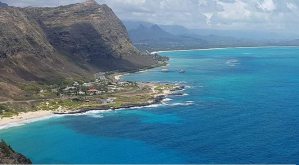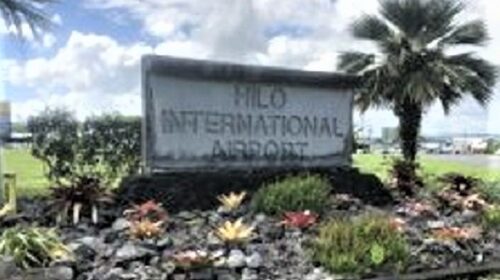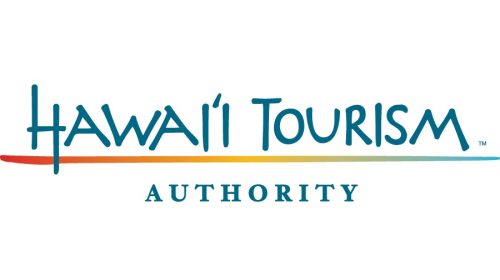Transparency of Hawaii’s ocean resources protects tourism
HONOLULU, HI – During the last update of the Office of Planning’s Coastal Zone Management Program’s plan in 2013, a state performance measures website was requested during the public outreach process as a means to evaluate the implementation of the Hawaii Ocean Resources Management Plan’s (ORMP) stated objectives.
The office today announced the launch of the Hawaii ORMP Dashboard in response to that request which will protect perhaps tourism’s most important asset – the beautiful Pacific Ocean.
The plan’s innovative approach to coastal management is guided by three perspectives: connecting land and sea; preserving our ocean heritage; and promoting collaboration and stewardship. This framework acknowledges the interconnected nature of the ecological, social, cultural, and economic dynamics that occur from mauka (mountain) to makai (ocean).
The ORMP Dashboard was created to fulfill this request and provide a platform for ongoing information sharing. The website assesses progress in fulfilling ORMP’s management priorities and goals by tracking 84 metrics, indicators of performance or progress.
“The successful implementation of the ORMP and the creation of the ORMP Dashboard are the result of cooperation and commitment on the part of Hawaii’s state agencies, county and federal partners, non-governmental organizations, and private parties dedicated to the collaborative management of Hawaii’s invaluable resources,” said Office of Planning Director Leo Asuncion.
“The dashboard is the result of a culmination of state, county, and federal partners working towards implementation of the ORMP,” explained Justine Nihipali, CZM Program Manager. “We recognized the importance of this public request to show accountability towards how agencies have been and are currently taking action to achieve the goals of the plan, and we look towards the dashboard as a resource to demonstrating its ongoing progress.”
The dashboard will be continually updated as new data becomes available and will be used to guide the next iteration of the ORMP, which will be updated beginning mid-2018.




